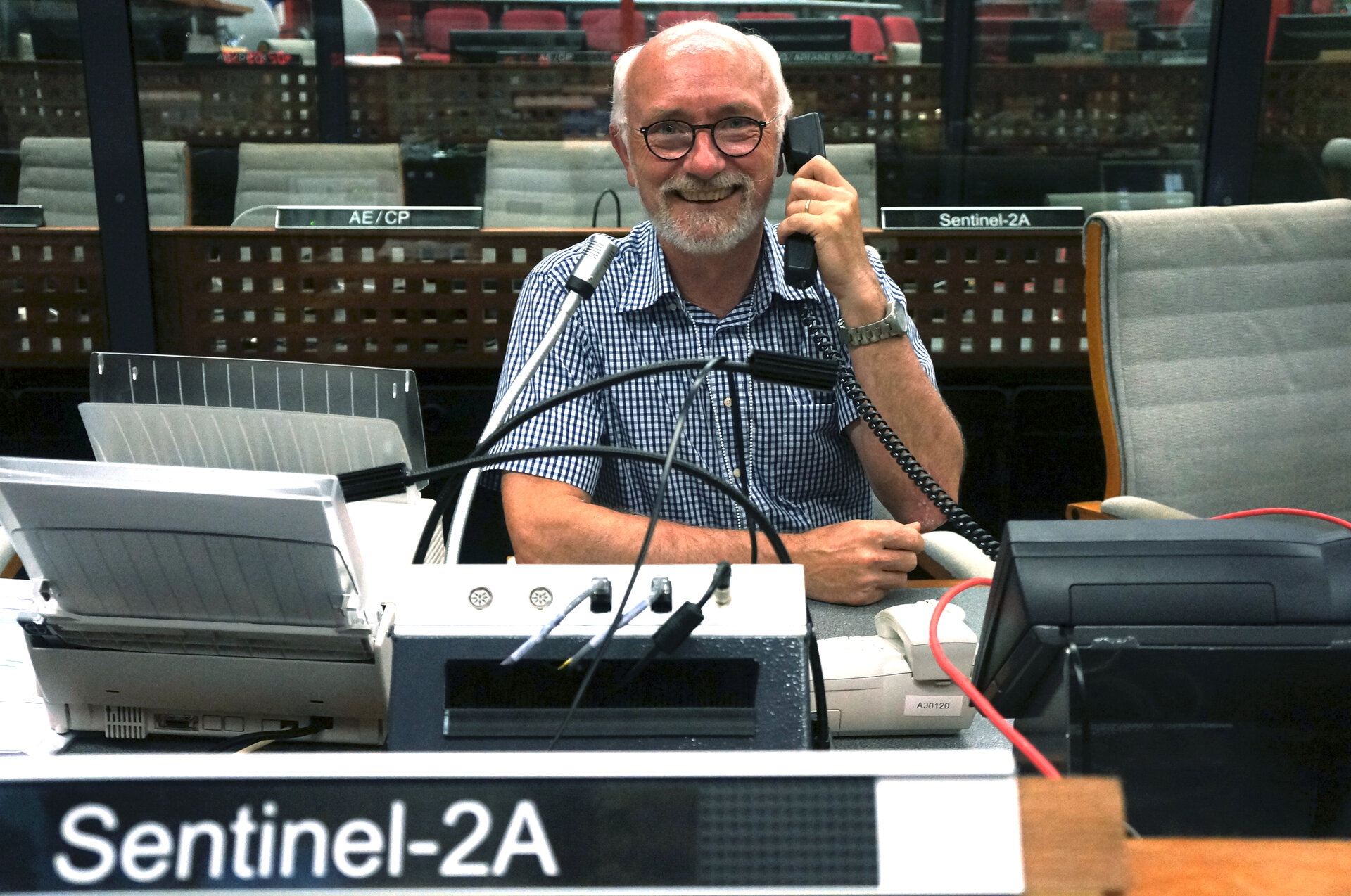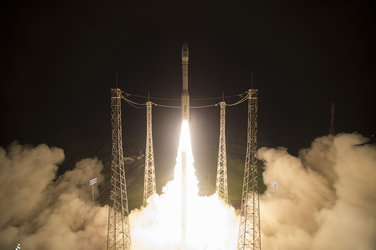Heinz Sontag: Airbus Defence and Space Project Manager
Since ESA selected Airbus Defence and Space as the Sentinel-2 satellites’ Prime Contractor, Heinz Sontag has led an industrial consortium of some 60 European companies to design and build the two-satellite mission.

Heinz Sontag is a native of Germany. He first worked in a number of laser-based remote sensing studies at the University of Constance, Germany, and the IBM Almaden Research Laboratories in San Jose, California (USA). He later joined the research division of Dornier System GmbH, where he set up an optical laboratory focusing on fibre optic and laser sensors applications.
After joining the space division which has now become part of Airbus Defence and Space, he worked more than 25 years in various space activities. He started out in several ESA and DLR national space laser communication programmes. Subsequently, he joined the Envisat Mission Prime Team in the optical instruments section, where he supervised the development of the multispectral MERIS instrument, and led the Payload AIT team for the satellite’s environmental test phase and launch campaign. After support to early phases of several ESA programmes such as Aladin, Mars Express and JWST, he became project manager for the MSG-4 AOCS, propulsion and power subsystems.
Heinz has been involved in several studies for Europe’s Copernicus programme. In 2005, he started to lead the preparatory Sentinel-2 definition study and – starting in 2007 – the Sentinel-2 implementation programme.
Heinz graduated from University of Heidelberg with a Diploma degree in laser atomic physics with a thesis on laser-induced collisions and superfluorescence effects in atomic vapours. He earned a PhD from University of Constance with a thesis on laser optical investigations on metal clusters.
ESA: What role does the Prime Contractor play in the Sentinel-2 mission?
Heinz Sontag
Sentinel-2 is fully tailored to the mission needs, requiring specific development both at instrument and platform/satellite level. The Prime Contractor carries the full responsibility for the development of the Sentinel-2 overall space segment. With the implementation phase starting in 2007, the Prime Contractor became responsible for the overall satellite design and its external system interfaces. This included the complete platform development and procurement, and finally the overall satellite assembly, integration and complete verification from equipment to overall satellite level. We are furthermore responsible for the complete launch campaign and support to the Agency during Launch and Early Orbit Phase (LEOP) and during the first months in orbit for the commissioning phase, after which the satellite will commence its full operational service.
ESA: What have you been responsible for throughout the process of designing, building and launching of Sentinel-2?
Heinz Sontag
I led a team internally at Airbus DS GmbH of – at times – more than 70 engineers responsible for the design, integration and testing of two satellites. Additionally, through some 60 subcontracts, the project was supported by more than 1000 engineers from mostly European countries, Canada and the US. Within the last twelve months the first satellite successfully passed its environmental qualification programme directly followed by the launch campaign. Following the launch of Sentinel-2A we will complete the second satellite, Sentinel-2B, for launch in 2016 to complete the operational constellation.
ESA: Sentinel-2 is a two-satellite mission. What challenges did this represent in terms of design?
Heinz Sontag
The two-satellite implementation underlines the operational character of the mission. It secures the constant availability of data and – with its fast revisit time – the rapid retrieval of cloud-free images worldwide. The design ensures repeatable performances supported by a robust overall calibration and characterization programme for both satellites. By procuring simultaneously the key components for both satellites, comparable performances could be secured to the maximum extent.
ESA: Each satellite will carry a high-resolution multispectral instrument. What makes this imager unique?
Heinz Sontag
The multi-spectral instrument, or MSI, implements a unique design fully optimised to serve the objectives of the Sentinel-2 mission. It combines a very large swath of 290 km with spatial resolutions down to 10 m – or more than 29 000 pixels across the swath – along with very high radiometric accuracy and resolution and 13 spectral channels, opening up new opportunities for the retrieval of geophysical parameters. Coupled with the excellent platform performances in terms of position and attitude knowledge, this forms the basis for the excellent image quality to be provided by the Sentinel-2 mission. This will open a new chapter in optical Earth observation and associated applications, and puts Sentinel-2 as the new standard for space-borne land imagers.
Editor's note:
This is one in a series of interviews with a few of the key people that are involved in the Sentinel-2 mission. Please check back as further interviews will be added to over the coming weeks.









